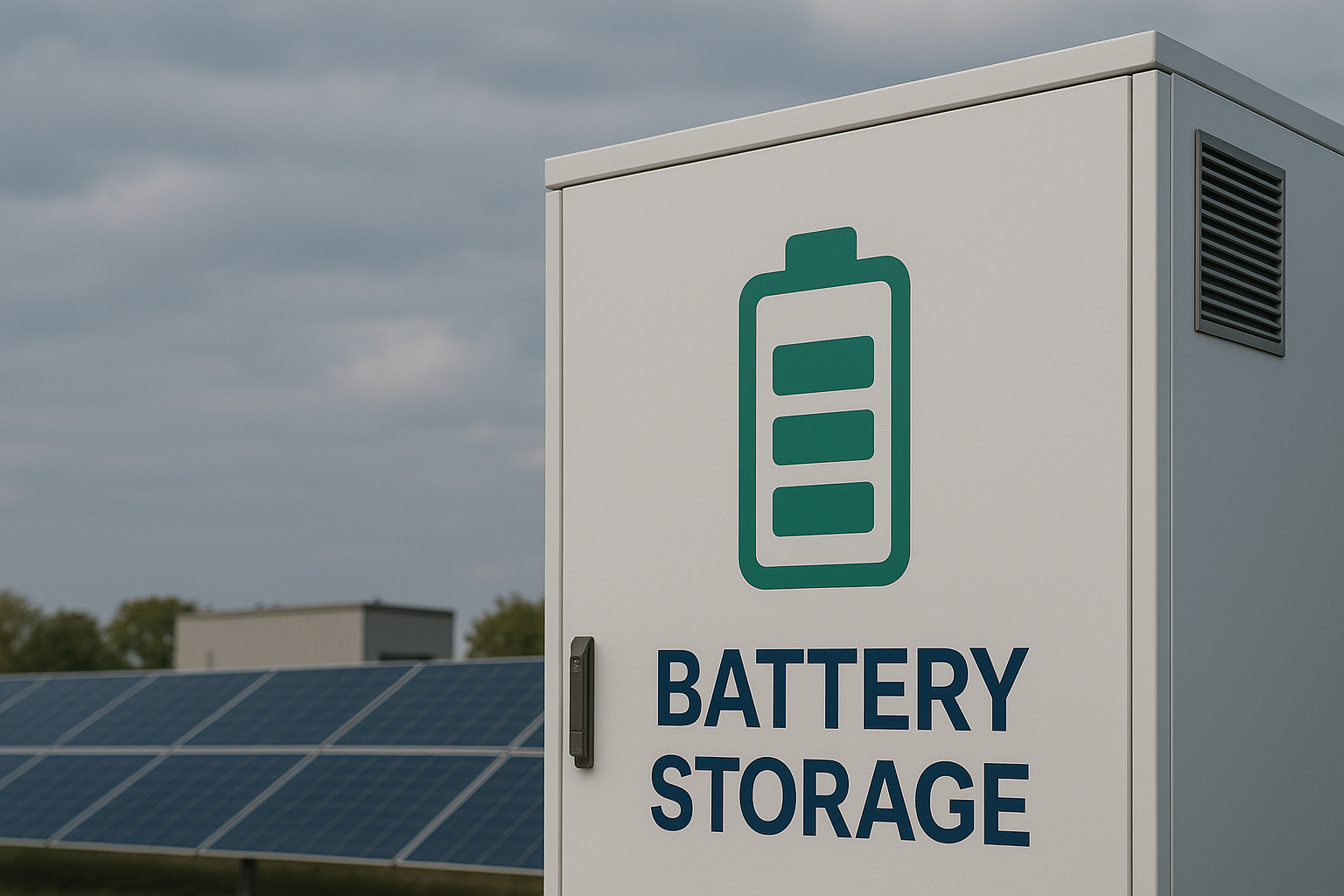The Dutch electricity market is changing fast. As more wind and solar power enters the grid, TenneT — the transmission system operator — needs flexible assets that can balance supply and demand within seconds. This is where the automatic Frequency Restoration Reserve (aFRR) market comes in.
For years, greenhouses and industrial sites with combined heat and power (CHP/WKK) units could only participate in the slower mFRR market. aFRR required sub-second response times that traditional assets could not deliver. That meant a major revenue opportunity was out of reach for many operators.
Batteries make aFRR accessible
Battery Energy Storage Systems (BESS) change the picture. With instant response capability, batteries can provide the speed TenneT requires. This opens the door to a new, high-value revenue stream: aFRR capacity payments and activations.
• Capacity revenues: By offering a certain MW of flexible capacity to TenneT, operators receive availability payments, even if the asset is not activated.
• Activation revenues: When TenneT calls on the asset, the battery discharges or charges, creating an additional source of income.
👉 The market is already scaling rapidly. As of mid-2025, the Netherlands had about 250 MW of battery storage installed, with another 840 MW permitted or under construction and 690 MW announced. TenneT expects this to grow to 5 GW of standalone capacity by 2030, plus 1 GW of co-located systems.
Hybrid solutions: Batteries + WKK
For sites that already have CHP/WKK assets, combining them with batteries creates even more value. The battery provides the fast response needed for aFRR, while the WKK sustains delivery if the activation lasts longer. This hybrid approach reduces the required battery size, lowering investment costs while still unlocking the same market revenues.
👉 More broadly, total Dutch flexible capacity — including batteries, demand response, and CHP flexibility — is forecast to grow from just 11 GW in 2022 to nearly 26 GW by 2030. This demonstrates how flexibility is becoming a cornerstone of the energy system, with batteries playing a critical role.
Why this matters for businesses
For greenhouses, industrial plants, and logistics centers, aFRR participation offers:
• New revenue streams beyond electricity and heat sales.
• Faster payback on battery investments.
• Future-proof flexibility, ensuring compliance with evolving TenneT requirements.
👉 On the European scale, the momentum is even stronger. ENTSO-E reports that battery storage capacity has doubled to around 25 GW in just a few years, with continued acceleration expected. This growth confirms that the transition to flexibility is not just a trend — it is the new normal.
Enerflux: Your partner for integration
At Enerflux, we specialize in combining Battery, WKK, and Solar technologies into turnkey solutions that not only improve efficiency but also open access to new market revenues. From feasibility studies and subsidy guidance to installation and long-term service, we stand beside our clients at every step.

